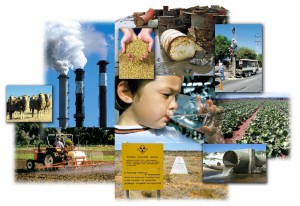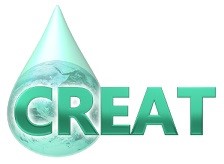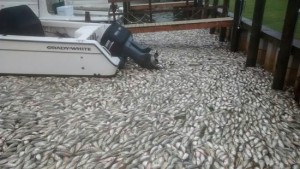Working Together to Implement the Clean Power Plan
By Gina McCarthy
This summer, EPA issued our historic Clean Power Plan, one of the largest steps America has ever taken to combat climate change and protect future generations. The Plan puts the U.S. on track to significantly cut carbon pollution from power plants – our nation’s biggest single contributor to climate change.
Because greenhouse gas pollution threatens public health and welfare, EPA is using its authority under the Clean Air Act to regulate sources of these pollutants, including in the power sector. Along with the many other actions we’re taking under President Obama’s leadership, the Clean Power Plan will translate to major health benefits and cost savings for American families.
The Clean Power Plan is grounded firmly in science and the law. Science clearly shows that carbon dioxide fuels a changing climate, which in turn poses threats to our health and to the environment that sustains us all. The Plan is fully consistent with the Clean Air Act, and relies on the same time-tested state-federal partnership that, since 1970, has reduced harmful air pollution by 70 percent, while the U.S. economy has tripled.
What makes the Plan so effective is that it reflects the voices of those who are closest to the issues on the ground. Extensive input from states, industry representatives, energy regulators, health and environmental groups, and individual members of the public helped us get to a plan that we know works for everyone. In fact, we considered over 4.3 million comments received in response to our initial proposal.
And we listened.
It was feedback from utilities that made sure our plan mirrors how electricity moves around the grid, so that we could open up opportunities. It was input from states that made sure we set fair and consistent standards across the country. And it was comments from many folks that told us that we needed to extend the timeframe for mandatory cuts by two years, until 2022. States and utilities told us they needed more time, and we listened.
As a result of this unprecedented amount of outreach, the Plan is fair, flexible, affordable, and designed to reflect the fast-growing trend toward cleaner American energy.
With strong but achievable standards for power plants, and customized goals for states to cut the carbon pollution that is driving climate change, the Clean Power Plan provides national consistency, accountability, and a level playing field while reflecting each state’s energy mix.
But our engagement hasn’t stopped with the signing of the rule. Since issuing the Clean Power Plan in August, we’ve reached out to all 50 states, making sure every state has multiple opportunities to hear from us and to ask questions.
We’ve also held dozens in-person meetings and calls with states, tribes, communities, industry representatives, and elected officials, and we’ve held or participated in a number of widely-attended conferences about the Plan.
Staff at each of EPA’s 10 regional offices and our headquarters have responded to hundreds of questions about the final rule, and questions continue to come in through meetings, our website, and other venues.
We’ve seen firsthand that when diverse voices are brought to the table, environmental protection works. For nearly 45 years, our interactions and engagement with states and stakeholders has resulted in tremendous progress to cut down air pollution and protect Americans’ health – including tangible benefits for communities, families, and kids.
We are committed to helping everyone better understand the Clean Power Plan and have been impressed – but certainly not surprised – by the remarkable level of constructive engagement across the board. Conversations are happening across the country. And we’re encouraged to see that many states are beginning their own planning processes because that means they’re preparing to take action.
We have every interest in helping states succeed, and every confidence that the Clean Power Plan provides states the options, time and flexibility to develop plans that meet their unique needs and goals.
We look forward to continuing our work with states, the energy sector, and many other groups to follow the science, implement the law, and build a healthy future for our kids and grandkids – together.













